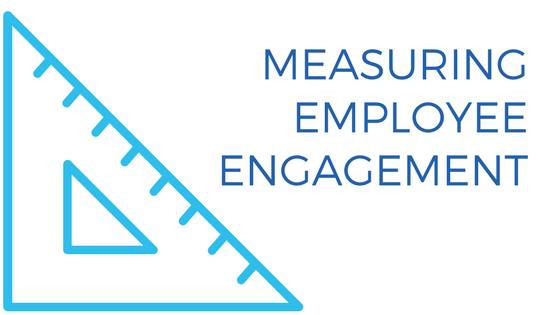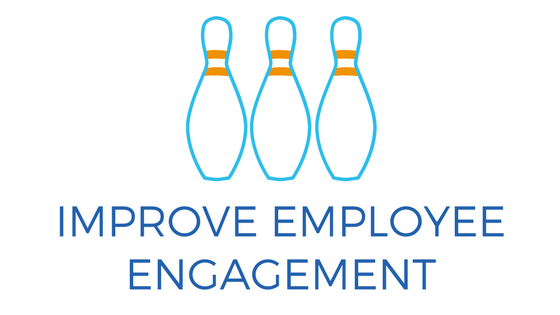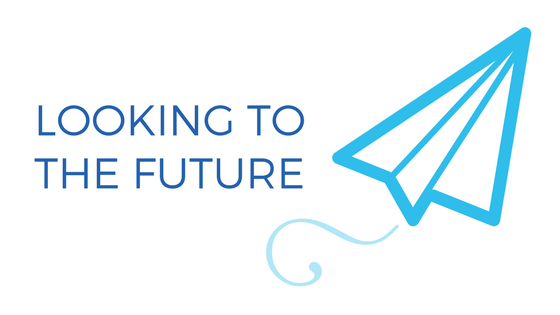'Employee engagement' is about getting the most out of your employees and improving their commitment to your business.
Highly engaged employees have a good understanding of how their role contributes to the business as a whole. They are more likely to contribute new ideas and find better ways of doing things to help you achieve those goals.
If you're running a small glazing business, you may have a long list of competing demands on your time already. There's nothing wrong with that, but you could be missing valuable opportunities in the form of untapped potential within your business.
Why bother investing in employee engagement?
Even if your staff turnover rate is low, you may not be getting the most out of your staff if their engagement levels are low: satisfaction ≠ engagement. You may have glaziers that have been with you for years, that show up to work every day and show no signs of dissatisfaction.
Are those employees highly engaged? Not necessarily.
From a monetary stance, longer retention rates save money. Hiring and training new recruits is expensive! Not only that, but highly engaged employees also tend to be more profitable by going the extra mile for customers. Happy customers = repeats and referrals.

How do I measure employee engagement?
Before we talk about employee engagement techniques, it's important to understand where you're at right now.
Surveys are a tried and tested method, but it is crucial that they are conducted anonymously so employees feel like they have a safe space to voice their opinions.
You'll want to ask things like:
- I understand what my role here is
- I feel my opinions are valued
- I have the resources I need to do my job properly
- I receive recognition when I do good work
- I have opportunities to learn and develop my skills
Survey Monkey have a free template that you could use as a starting point.
Remember to keep the lines of communication open, often the best feedback you get is impromptu.

How do I improve employee engagement?
- Establish clear avenues of career advancement. If people aren't given the chance to grow and challenge themselves, they quickly become unmotivated.
- Be transparent with your business goals. Then break them down so employees understand what their individual contribution to the big picture is. This creates a sense of ownership so when problems arise, they are more likely to think of ways to overcome the issue rather than deflect to management.
- Break down communication barriers. It doesn't matter how excited your employees feel about their job if they're too afraid to speak up. Have roundtable discussions that include employees at all stages of their careers, you might be surprised at what they can come up with together.
- Provide feedback, often. Highlight areas for improvement but make sure to also praise good work. If someone accomplishes something particularly great, draw attention to it!
- Inject fun where possible. It might be friendly office competitions, Friday night drinks, or a social sports team.
If engagement is low, it can be a long journey to remedying it. Remember, you can't force people to listen to you but you can make them want to listen to you.

Looking to the future
Millennials (what is a Millennial?) became the largest generation in the workforce way back in 2015 in the US. There are thousands of articles dedicated to the different working styles of Millennials and Baby Boomers and it's worth keeping an eye on these trends. Obviously not all Millennials fit into one stereotype, but general trends show they prioritize communication, company culture, and having a sense of purpose in their work more than their parents generation did.



